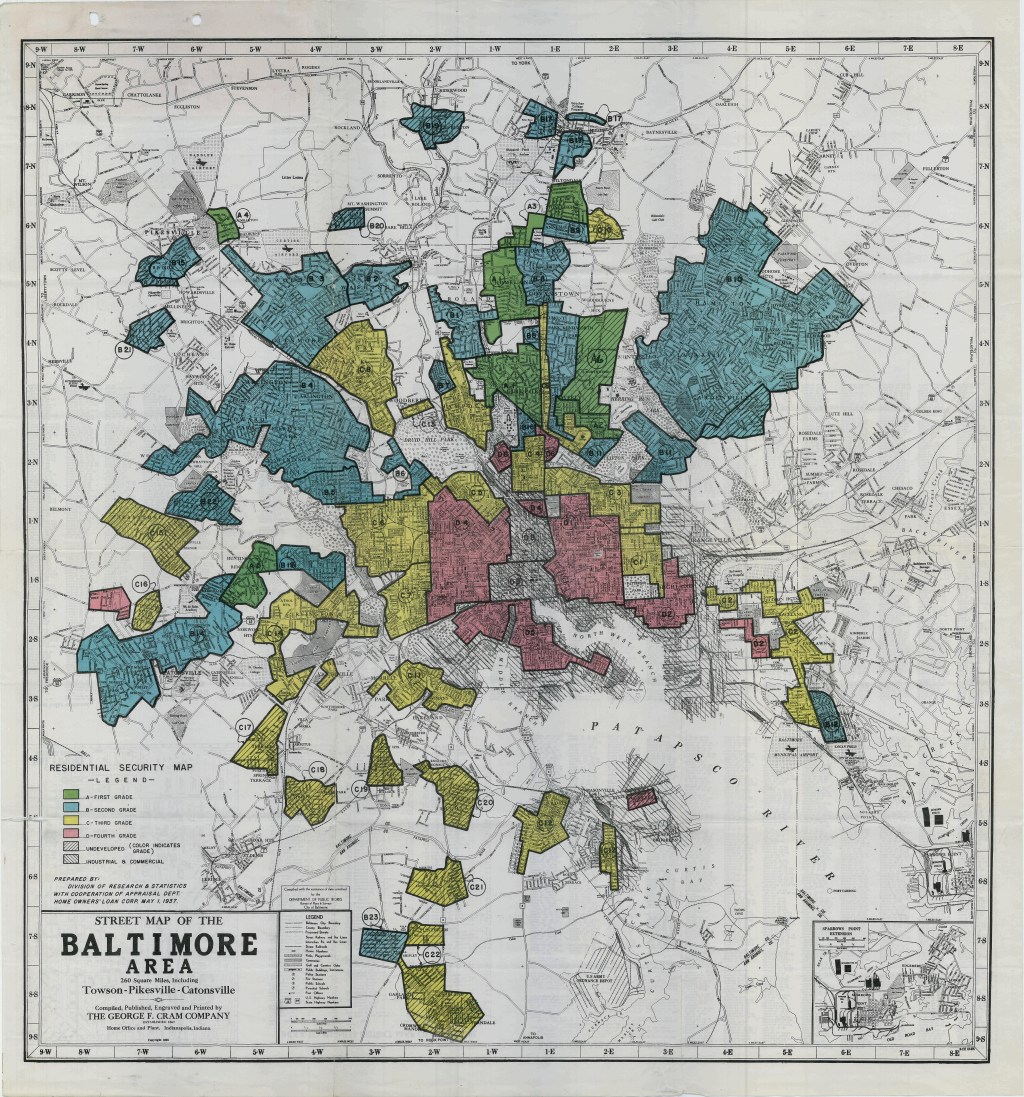The Supreme Court of Maryland[1] held that the loss of chance doctrine is not a legitimate cause of action in wrongful death or survival suits. Wadsworth v. Sharma, 479 Md. 606, 612, 278 A.3d 1269, 1273 (2022). As such, a plaintiff cannot argue that a medical professional’s negligence diminished a patient’s chance to survive or have a better outcome as grounds for recovery. Id. Instead, a plaintiff must prove the medical professional’s negligence proximately caused the patient’s injury. Id.
In 2006, Stephanie Wadsworth (“Ms. Wadsworth”) was diagnosed with breast cancer and underwent a left mastectomy, chemotherapy, and radiation. Subsequent PET/CT scans in 2006 and 2008 revealed that Ms. Wadsworth was cancer-free following these procedures. However, in 2013, a follow-up PET/CT scan revealed an abnormal lesion on Ms. Wadsworth’s clavicle. Ms. Wadsworth’s oncologist, Poornima Sharma, M.D. (“Dr. Sharma”), reviewed the scan, but she did not share the abnormal results with Ms. Wadsworth or order additional testing. In 2016, Ms. Wadsworth went to the hospital after she fell and injured her right shoulder. A bone scan showed a lesion on her right clavicle. A biopsy of the lesion confirmed that Ms. Wadsworth’s breast cancer had metastasized. On June 10, 2017, Ms. Wadsworth died while undergoing a new round of cancer treatment.
After Ms. Wadsworth’s death, her surviving husband, Scott Wadsworth (“Mr. Wadsworth”), brought a wrongful death and survival claim against Dr. Sharma, among others, in the Circuit Court for Baltimore County. In response, the defendants moved for summary judgment arguing that Mr. Wadsworth brought a loss of chance claim, a cause of action that is not recognized in Maryland. The court granted summary judgment for the defendants after reviewing the depositions from two medical experts who both testified that metastatic breast cancer is incurable. One of the medical experts, however, suggested that with treatment, Ms. Wadsworth could have lived for another eighty months after the abnormal lesion was discovered in 2013.
Based on the experts’ testimony, the trial court found that metastatic breast cancer was the proximate cause of Ms. Wadsworth’s death. The Appellate Court of Maryland upheld the trial court’s summary judgment because Mr. Wadsworth failed to present evidence that, absent Dr. Sharma’s negligence, Ms. Wadsworth had more than a fifty percent chance of survival. Mr. Wadsworth petitioned the Supreme Court of Maryland for a writ of certiorari to determine whether Maryland’s Wrongful Death Statute prevents a beneficiary from recovering in a wrongful death suit when the negligence of a health care provider accelerates the death of a terminally ill individual.
First, the Supreme Court of Maryland examined the language and legislative history of Maryland’s Wrongful Death Statute to determine the General Assembly’s intent in its enactment. Wadsworth, 479 Md. at 617-24, 278 A.3d at 1276-78. The Maryland Wrongful Death Statute “provides [t]hat an action may be maintained against a person whose wrongful act causes the death of another.” Id. at 620-21, 278 A.3d at 1277 (citing Md. Code. Cts. & Jud. Proc. § 3-902, (2022)). The court concluded that the word “causes” means proximate causation. Wadsworth,479 Md. at 621, 278 A.3d at 1278. Thus, in a wrongful death claim a plaintiff must prove that the defendant’s actions were the proximate cause of the injury. Id. (citing Henley v. Prince George’s Cty., 305 Md. 320, 333, 503 A.2d 1333, 1339-40 (1986)).
The court’s analysis of the statute’s legislative history revealed that the General Assembly has only modified the statute three times, and never as a result of judicial interpretations. Wadsworth,479 Md. at 622, 278 A.3d at 1279. As such, the court inferred that the Assembly’s inaction denoted its concurrence with its interpretation of the statute. Id. Likewise, the court concluded that it would be the General Assembly’s prerogative to amend the statute to create a loss of chance claim. Id. at 623, 278 A.3d at 1280.
The court examined Maryland case law that addressed medical negligence in wrongful death claims. Wadsworth,479Md. at 623, 278 A.3d at 1280. In Weimer,an infant died shortly after birth. Id. at 624, 278 A.3d at 1280 (citing Weimer v. Hetricks, 309 Md. 536, 539, 525 A.2d 643, 644 (1987)). The parents alleged the doctor’s negligence was the cause of death. Wadsworth,479Md. at 623, 278 A.3d at 1280 (citing Weimer, 309 Md.at 539, 525 A.2d at 644). The Weimer court held that a plaintiff must prove that a defendant’s negligent actions are the proximate cause, not the substantial, or the likely cause, in wrongful death and survival actions. Wadsworth,479 Md. at 628, 278 A.3d at 1278 (citing Weimer, 309 Md. at 554, 525 A.2d at 652). Similarly, in Fennell,a woman died after emergency room doctors failed to properly identify meningitis as the cause of her severe headache. Wadsworth,479 Md. at 628-29, 278 A.3d at 1283 (citing Fennell v. Southern Maryland Hospital Center Inc.,320 Md. 776, 580 A.2d 206 (1990)). The Fennell court expanded upon Weimer and held that Maryland does not recognize the loss of chance doctrine in either survival or wrongful death suits. Wadsworth,479 Md. at 628-29, 278 A.3d at 1283 (citing Fennell,320 Md. at 778-80, 794, 580 A.2d at 215. The Fennell court also concluded that the General Assembly is responsible for altering the statute. Wadsworth,479 Md. at 630, 278 A.3d at 1283 (citing Fennell,320 Md. at 793-94, 580 A.2d at 214).
The court affirmed the lower courts’ decisions because it held that under the doctrine of stare decisis the Weimer and Fennell decisions are controlling. Wadsworth,479Md. at 633, 278 A.3d at 1285. The court also held that Mr. Wadsworth’s claim was likewise predicated on the legal theory of loss of chance because he could not prove by a preponderance of the evidence that Dr. Sharma’s negligence, and not metastatic breast cancer, proximately caused his wife’s death. Id. These holdings rested primarily upon Mr. Wadsworth’s failure in circuit court to provide sufficient evidence that Ms. Wadsworth had more than a fifty percent chance of survival, which the court required him to prove to establish that Dr. Sharma’s negligence proximately caused Ms. Wadsworth’s death. Id. at 631-32,278 A.3d at 1284-85.
Judge Watts, joined by Judge Harrell, dissented, arguing that the majority erroneously categorized Mr. Wadsworth’s suit as a loss of chance claim, rather than determining whether the statute applies when the negligence of a medical professional accelerates the death of a terminally ill individual. Wadsworth,479 Md. at 633-34, 278 A.3d at 1286-87 (Watts, J., dissenting). The minority asserted that the Weimer and Fennell holdings cannot control because the decedents in those cases died immediately. Id. at 638. In contrast, Ms. Wadsworth indisputably survived for four additional years after Dr. Sharma’s negligence. Id. at 638-39, 278 A.3d at 1289. As such, the dissent argued that the majority overlooked the medical expert who concluded that without Dr. Sharma’s negligence, Ms. Wadsworth had more than a fifty percent chance of surviving beyond those four years. Id. at 639, 278 A.3d at 1288-89. To the dissent, Mr. Wadsworth should have prevailed in his wrongful death suit because he met the required evidentiary standards of proximate causation. Id.
In Wadsworth,the Supreme Court of Maryland reaffirmed that the loss of chance doctrine is an unrecognized cause of action. The court reiterated that Maryland’s Wrongful Death Statute only acknowledges proximate causation as the evidentiary standard. Medical practitioners benefit from this decision because it shields them from medical malpractice suits arising from their negligent treatment of a terminally ill patient. Alternately, the decision disadvantages claimants by restricting their access to a legal remedy if a terminally ill individual dies prematurely at the hands of a negligent doctor. The majority’s failure to answer the question of what constitutes proximate cause in a wrongful death suit involving a terminally ill person, however, indicates this legal question remains unresolved. Therefore, the General Assembly should clarify whether the Wrongful Death Statute applies to claims involving terminally ill individuals.
[1] At the November 8, 2022, general election, the voters of Maryland ratified a constitutional amendment changing the name of the Court of Appeals of Maryland to the Supreme Court of Maryland and the Court of Special Appeals of Maryland to the Appellate Court of Maryland. The name change took effect on December 14, 2022.

Autumn M. Reed, Ph.D., is a third-year evening student at the University of Baltimore School of Law and the Symposium and Alumni Editor for Vol. 54. Dr. Reed holds a doctorate in Language, Literacy, and Culture from the University of Maryland, Baltimore County where she is also Assistant Vice Provost for Faculty Affairs. After graduation, Dr. Reed plans to focus on education law.






Leave a comment